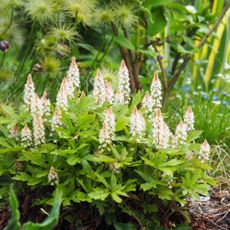Crystal Brain Fungus: All You Need To Know About Myxarium Nucleatum
At first glimpse, the crystal brain fungus can cause alarm and bewilderment, but fear not. We reveal why you can relax if you spot this squishy, gloopy garden guest
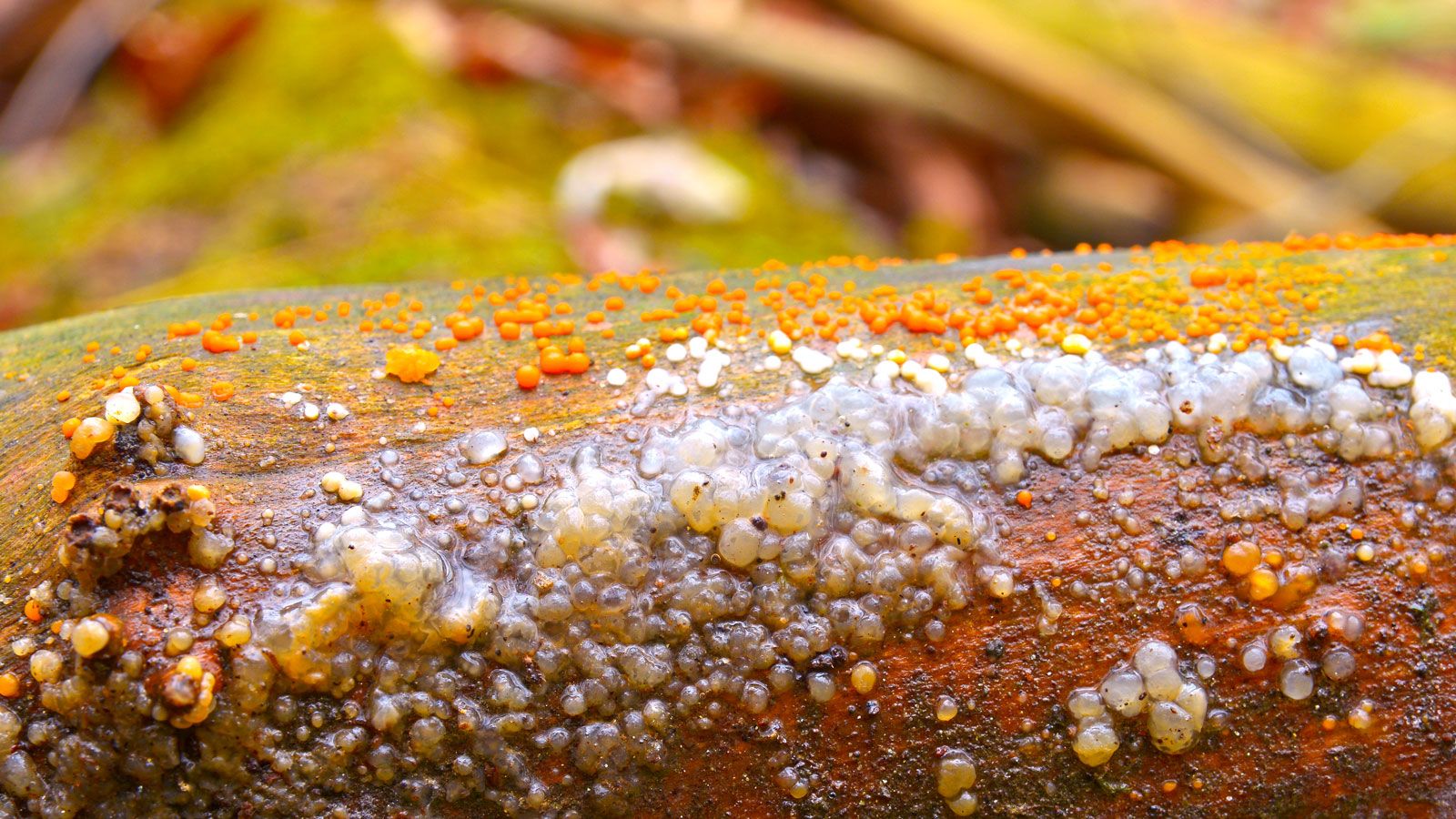

Crystal brain fungus may sound like something from a horror movie, but it's nothing to fear. This jelly fungus (with the Latin name of Myxarium nucleatum) looks a lot like frog spawn. Its fungal fruit bodies are gelatinous, watery and pale. They contain small, mineral inclusions.
Crystal brain is a common fungus in Europe but is also starting to appear in North America. It is frequently found rotting on the dead branches of broadleaf trees. Here's how to identify this peculiar fungus – and what to bear in mind if you see it cropping up in your garden.
Quick Crystal Brain Fungus Facts
- Botanical name – Myxarium nucleatum
- Height – Individual fruit bodies up to half an inch (1.5cm) high
- Spread – Individual fruit bodies 2in (5cm) wide, but fused bodies may be 4in (10cm) or more in diameter
- Sun exposure – Dries up in dry, hot weather
- Soil requirements – Not applicable
- Hardiness zones – Not applicable
- When to plant – Not applicable
What is Crystal Brain Fungus?
Crystal brain is a jelly fungus that lives on hardwood that is dead or damaged, rotting the wood. Crystal brain fungus is gelatinous, but it grows in as translucent-white fruiting bodies called basidiocarps. As a way of understanding these types of fungi, they start as single pustules which fuse to form irregular sheet-like masses. These are up to 8in (20cm) long, 2in (5 cm) wide, and ⅓in (1cm) tall. As crystal brain fungus ages, it first turns pink and finally goes brown.
This jelly fungus is common in Europe but it (or a similar fungus) is also found in North America, where it’s known as granular jelly roll. As well as the scientific name Myxarium nucleatum, other botanical names you might see used for these fungi include Exidia nucleata, Naematelia nucleata and Tremella nucleata.
Where Crystal Brain Fungus Grows
This jelly fungus lives on dead and decaying hardwood branches or trunks. It is most commonly found on sycamore trees, as well as beech trees and ash. You might also find crystal brain growing on the likes of alder trees, willows, hawthorns, elms, oak trees and elders.
How Crystal Brain Fungus Grows
Crystal brain fungus first appears on dead wood as scattered, gelatinous fruit bodies. They might be up to 0.2in (5mm) in diameter and are usually colorless, but may be white.
While mineral inclusions can be seen in the pustules, the fruit bodies do not remain scattered very long. They meld into masses that look like sheets (or brains) up to 2.5in (6cm) across. These masses darken with age and can dry out entirely, at which point they look like varnish.
Gardening tips, videos, info and more delivered right to your inbox!
Sign up for the Gardening Know How newsletter today and receive a free download of our most popular eBook "How to Grow Delicious Tomatoes."
Frequently Asked Questions
Is Crystal Brain Fungus Edible?
It may not surprise you to hear that scientists have not hurried to taste this fungus. Many jelly fungi are edible, so it is possible that the crystal brain fungus is also edible. However, its edibility is currently not confirmed.
Is Crystal Brain Fungus Toxic?
There are no reports of crystal brain fungus being established as toxic. That said, it's not a good idea to eat this jelly fungus unless and until it is determined to be edible.
Will Crystal Brain Harm My Trees?
The presence of crystal brain indicates dead tree matter. It is actually beneficial in the sense that it is helping to break down the dead parts of the tree. It does not occur in healthy parts of a tree.
However, you should keep your eye on how much crystal brain is developing, and the rate at which it grows. It could indicate other underlying issues. Being aware of signs of a dying tree is a good way to monitor the general health of your tree and catch any problems early.

Teo Spengler has been gardening for 30 years. She is a docent at the San Francisco Botanical Garden. Her passion is trees, 250 of which she has planted on her land in France.
-
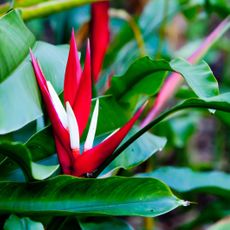 How To Grow Christmas Heliconia Plants
How To Grow Christmas Heliconia PlantsForget poinsettias. Heliconia Angusta will bring your plenty of holiday cheer with its bright tropical flowers.
By Tonya Barnett
-
8 Low-Maintenance Shade Plants: Brighten Up Forgotten Corners With These Easy-Care Beauties
Embrace the darker side of gardening with minimal effort – our pick of low-maintenance shade plants will give little trouble and provide maximum joy.
By Bonnie L. Grant
-
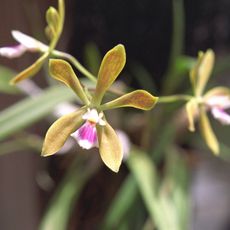 Grow A Butterfly Orchid – Keep Your Own Butterfly Orchid Flower
Grow A Butterfly Orchid – Keep Your Own Butterfly Orchid FlowerEver seen a butterfly orchid flower and wondered if you could grow your own? Find out how to cultivate your own dazzling Encyclia tampensis specimen as a houseplant
By Tonya Barnett
-
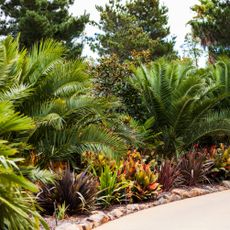 Try These 11 Palm Tree Varieties To Add A Touch Of The Tropics To Your Garden
Try These 11 Palm Tree Varieties To Add A Touch Of The Tropics To Your GardenIf you fancy growing a statuesque palm but don’t know which one to choose, don’t panic. These palm tree varieties can help you add some tropical flair to your yard
By Teo Spengler
-
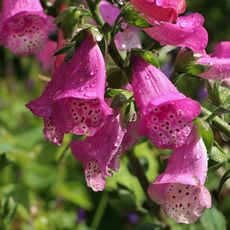 Secrets To Watering Foxglove Plants: Give Your Digitalis A Good Drink
Secrets To Watering Foxglove Plants: Give Your Digitalis A Good DrinkYou may not think that watering foxglove plants makes much difference to the health of these easy-going cottage garden plants, but think again. Here’s how to hydrate for happy foxgloves
By Tonya Barnett
-
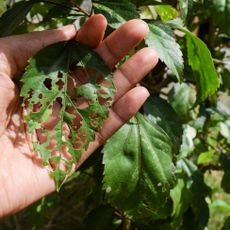 Worried About Hibiscus Disease? 5 Common Problems To Watch Out For
Worried About Hibiscus Disease? 5 Common Problems To Watch Out ForHibiscus disease can lay waste to some of the garden’s most delightful tropical plants. If you’re concerned, act fast – with this guide to the five most common
By Tonya Barnett
-
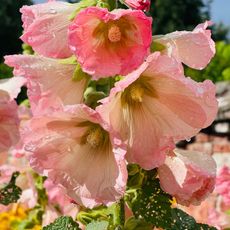 Watering Hollyhocks: How And When To Water Alcea Rosea
Watering Hollyhocks: How And When To Water Alcea RoseaThey are some of the most statuesque, elegant flowering plants you can grow in beds and borders, so make sure you’re watering hollyhocks well to keep them looking their best
By Tonya Barnett
-
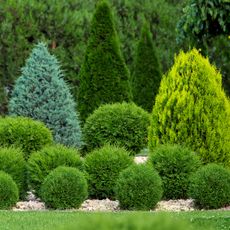 Native Evergreen Shrubs: 4 Gorgeous Greens To Beautify Your Landscape
Native Evergreen Shrubs: 4 Gorgeous Greens To Beautify Your LandscapeFor year-round color and visual interest, evergreens work hard to protect your yard and the wildlife that visits. Grow these four native evergreen shrubs for fab foliage, windbreaks, natural habitats and privacy
By Teo Spengler
-
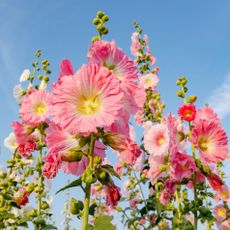 Hollyhock Sun Requirements Made Simple: Your Guide To Better Blooms
Hollyhock Sun Requirements Made Simple: Your Guide To Better BloomsWhile these cottage garden favorites adore warmth and light, it’s important to get hollyhock sun requirements right. Here’s how to manage hollyhocks over summer
By Tonya Barnett
-
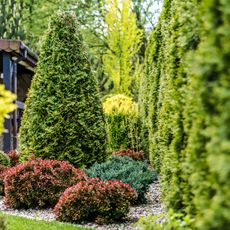 7 Fast-Growing Evergreen Trees To Quickly Transform Your Outdoor Space
7 Fast-Growing Evergreen Trees To Quickly Transform Your Outdoor SpaceEvergreens contribute year-long interest to the quietest corners, but which make the most impact in the shortest time? Try these fast-growing evergreen trees for quick results
By Teo Spengler
